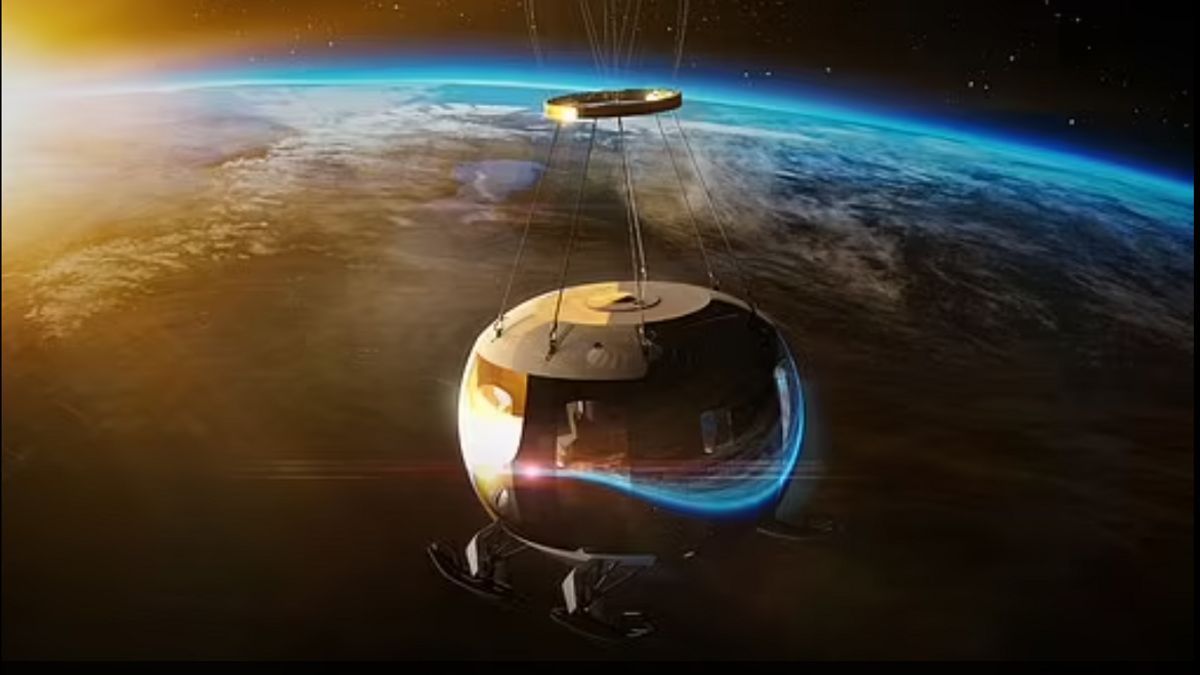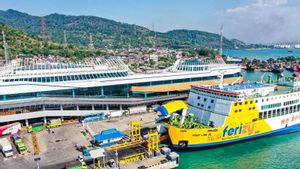JAKARTA - A space tourism company has successfully completed the first test flight of a hot air balloon, capable of traveling 23 miles (37 kilometers) to the stratosphere.
Madrid-based Halo Space company flew a prototype unmanned aerial balloon for 4 hours 10 minutes, before landing it safely in the designated area.
The company plans to offer 'zero emissions' commercial flights aboard circular capsules attached to hot air balloons starting in 2029. These air balloons are targeted to transport 3,000 passengers on 400 trips each year.
But if you want to enjoy 360 degrees of Earth view from the edge of space, plane tickets will cost up to 200,000 US dollars (IDR 3.1 billion).
According to HALO CEO Carlos Mira, last week's flight test, when the capsule balloon took off at the Tata Institute of Fundamental Research (TIFR) headquarters in Hyderabad, India, and went exactly as planned.
"Our goal for this first flight is to test our safety systems as well as our navigation and control systems, which are the two most important parts of the HALO flight program," Mira said, as quoted by the Daily Mail.
"Not only are they functioning exactly as expected, we can also collect important data from sensors, instruments and onboard cameras that will be used as we continue to develop this system and prepare for next test flights in a few months," Mira added.
Alberto Castrillo, an aerospace engineer and CTO HALO, said that on regular flights, the parachute will be deployed about 12 miles (20 kilometers) upon descent.
"In this test flight we would like to show that, even at 37 kilometers high, we can deploy it and land safely - and we are proud to report that we did," Castrillo said.
"We are very satisfied," Mira added. We have demonstrated the feasibility of the operational concept that we have developed over the past two years. This is a major milestone that consolidates our leadership position in the Near Space tourism sector."
The capsule, which will carry eight passengers plus one pilot per trip, has a panoramic window that allows for 360-degree views of planet Earth at an altitude of up to 25 miles (40 kilometers).
Customers will be able to see the curvature of the Earth for four to six hours, until it becomes an 'amenable' experience, the company claims.
Halo Space claims its pressure capsule flies without CO2 emissions, making it the 'environmentally friendly way to visit outer space'.
"The team is very happy with what we've accomplished this first year, but we're even more excited about where we're going - bringing thousands of passengers to the edge of space in a life-changing experience of up to 40 kilometers above Earth," Mira said.
The second test flight is planned for the end of the first half of 2023 in Seville, Spain, where the HALO Space will conduct a pilot pilot pilot piloting the plane as it descends and lands using parafoil.
"Our goal is to successfully launch our flight capsule, reach an altitude of 35 km before descending, and eventually land and restore the prototype," Castrillo said.
"In the process, we will validate flight simulation algorithms, test communications between capsules and flight controls, as well as collect thousands of data points from sensors installed in capsules," he added.
Once the trial is completed, HALO Space will begin commercial travel, and plans to install flight bases on four continents around the world.
The English, Chinese, Japanese, Arabic, and French versions are automatically generated by the AI. So there may still be inaccuracies in translating, please always see Indonesian as our main language. (system supported by DigitalSiber.id)













